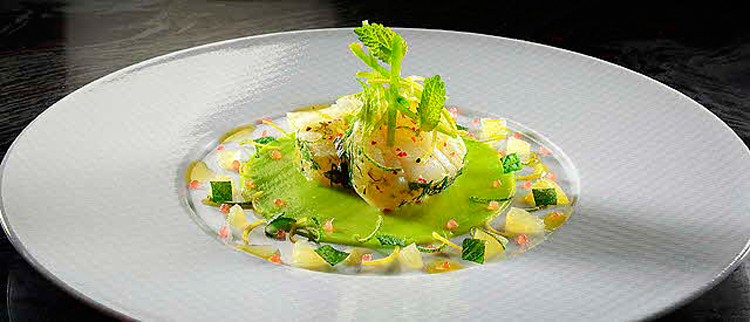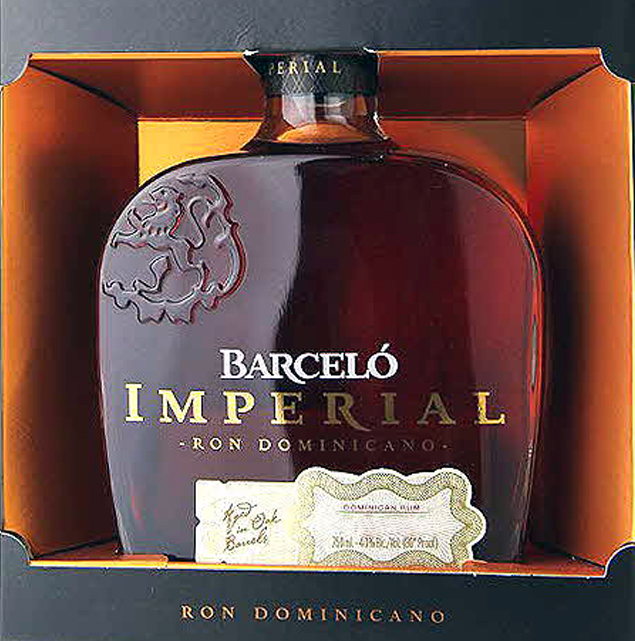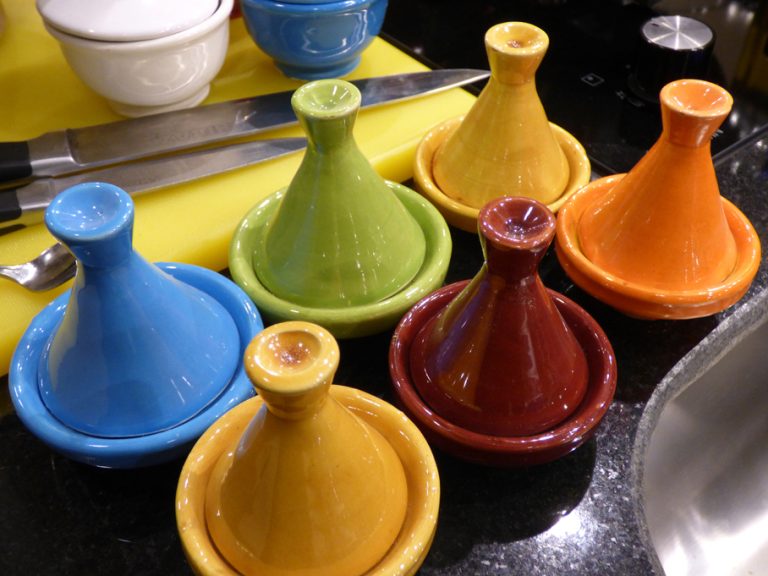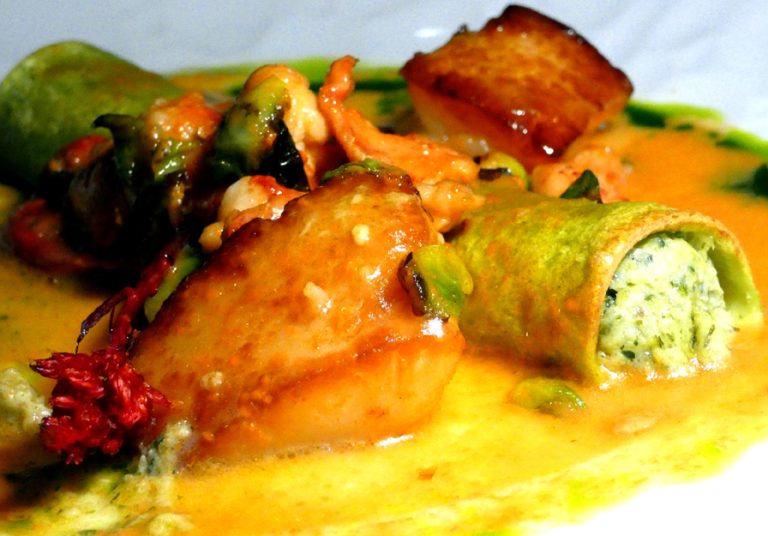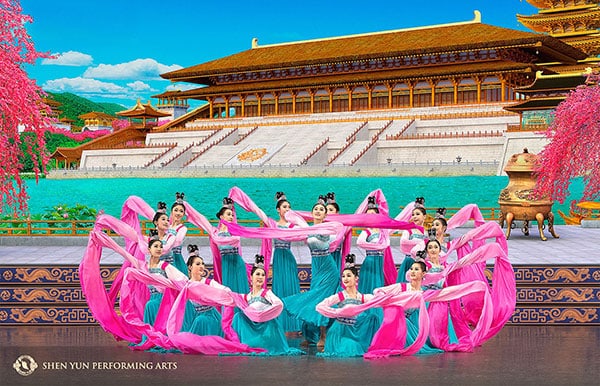Published with permission from LuxuryWeb.com
The roots of modern European cuisine can be traced back to the ancient Roman era and the Renaissance. Many culinary traditions, recipes, and food preparation techniques from that time continue to thrive in contemporary homes and restaurant tables.
Raw clams and oysters, reminiscent of ancient Roman delicacies, can still be enjoyed today when accompanied by mignonette sauce with a touch of Tabasco. The sauce, which is similar to the Roman garum, combines fermented fatty fish, like sardines or mackerel, with shallots and spices to enhance the flavors of oysters. In the modern era, the garum-equivalent can be found as fish sauce in Asian grocery stores under names like Thai Nam Pla or Vietnamese Nuoc Mam.
READ MORE: Discover the Culinary Delights of Quebec City, Canada
Historical connection
The influence of ancient recipes can also be witnessed in England, where the tradition of cubing meats for stews and pies has endured since the Middle Ages and Renaissance. Thinly sliced roast beef, as served in King Henry VIII’s kitchens, remains a beloved classic in many restaurants and pubs. The heavy seasoning with garum, onions, mustard seed, garlic, and paprika, seen in Roman beef or lamb stews, echoes in the modern Hungarian goulash, albeit with tomato paste and caraway seeds as substitutes.
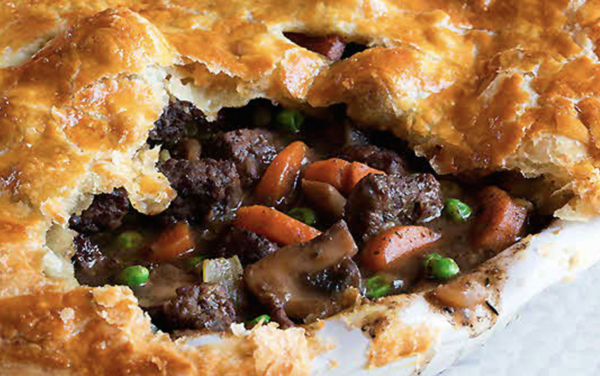
Roman culinary influences also extend to renowned medieval and Renaissance recipe books, such as “The Forme of Cury” by Richard II’s royal cooks and “Le Viandier” by Guillome Tirel (Taillevent) in France. These texts highlight dishes such as fish or meat in aspic, custard tarts, and the significance of using robust seasoning to enhance the flavor profiles of different dishes.
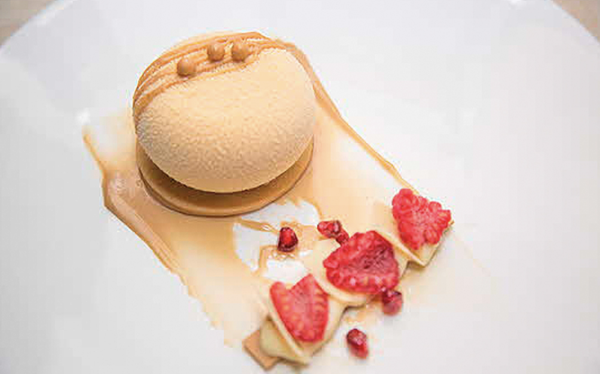
Success
You are now signed up for our newsletter
Success
Check your email to complete sign up
During the 16th century, Renaissance Italy left a significant mark on French culinary culture, while other European regions clung to medieval fare akin to what the Roman legions consumed. Italy published the first true cookbook, offering advice on ingredients, preparation methods, and the art of enjoyable living.
The 17th century witnessed France’s rise as a gastronomic powerhouse, driven by the extravagant culinary excesses of Louis XIV and Louis XV’s royal courts. Chefs de cuisine, predominantly men until then, were recognized as legendary figures with unmatched culinary knowledge. It took the influential Madame du Barry to bring the first prominent female cook to the attention of Louis XV, challenging the prevailing notion that women couldn’t excel in culinary arts. Her skills earned her the Cordon Bleu, the Royal Order of Saint Esprit.
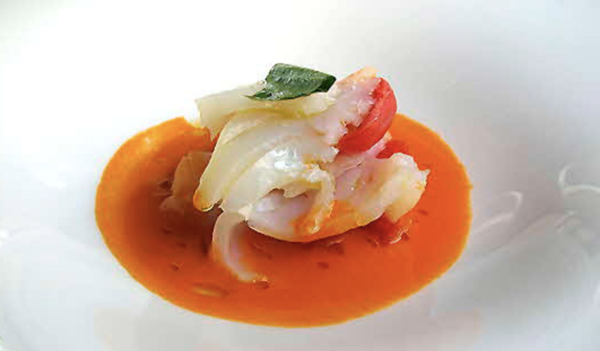
Madame du Barry played a pivotal role in challenging the prevailing notion that women couldn’t excel in culinary arts. She brought the first prominent female cook to the attention of Louis XV, who had previously dismissed the idea. In recognition of her exceptional skills, the female cook was awarded the prestigious Cordon Bleu, the Royal Order of Saint Esprit.
This marked a significant step forward in acknowledging the culinary prowess of women and their contributions to the gastronomic world.
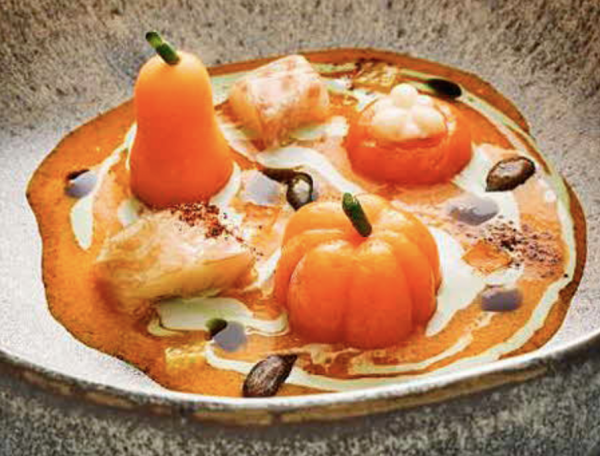
Revolutionizing modern cuisine
Renowned chef Auguste Escoffier revolutionized modern cuisine, collaborating with famed hotelier César Ritz to create iconic dishes at the Savoy, Europe’s first luxury hotel. Recipes like “Pêche Melba” continue to be cherished and served in restaurants worldwide. Escoffier’s cookbook, “Guide to the Fine Art of Cookery,” remains a seminal work studied by cooks everywhere.
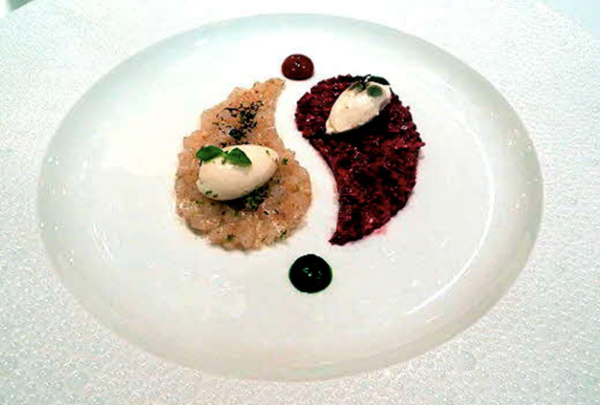
The influential restaurant guide, Le Guide Michelin, was first published in 1904. Today, Michelin stars and other accolades are awarded to outstanding restaurants globally, with each country having its own guide. March brings anticipation as the culinary world speculates on who gains, loses, or retains a Michelin star.
In the 20th century, the culinary focus shifted from France to other regions worldwide. Spain gained recognition for its gastronomic excellence and innovation, while East Asia, particularly Japan, Thailand, and Eastern China, showcased lighter yet exceptional preparations of starch, fish, pork, and vegetable-based dishes. Sushi became a global culinary trend, and dim sum gained popularity in major capitals. Classic dishes from the Indian subcontinent and Africa also emerged, enriching culinary diversity.
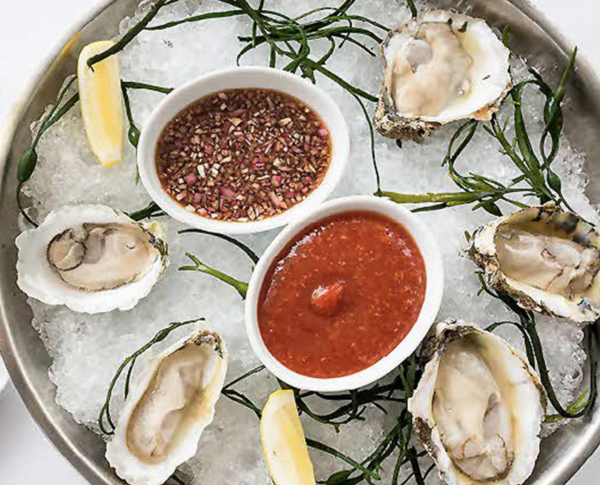
Advancements in travel made exploring different cuisines more accessible, expanding culinary horizons and facilitating the availability of once-exotic ingredients. With the world at our fingertips, we continue to enjoy the vast array of culinary experiences and are all the better for it.
Visit LuxuryWeb.com to see the original article, and more.



